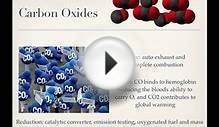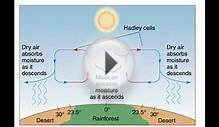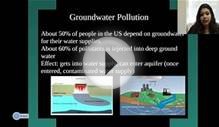
| reproducibility |
capable of being renewed/reproduced. |
| environmentalism |
Being active in protecting/maintaining a clean/healthy environment. |
| winds |
"horizontal movements" in the atmosphere caused by differences in atmospheric pressure and also the Earth's rotation |
| humus |
the dark, crumbly, nutrient-rich material that results from the decomposition of organic material. |
| pathogens |
bacteria, virus, or other microorganisms that can cause disease. |
| epicenter |
spot on Earth's surface, directly above an earthquake's focus |
| gyres |
Large, circular ocean current systems that often encompass an entire ocean basin |
| environmental ethics |
Question the moral relationships humans have with our world. |
| consumption |
the day-to-day use of environmental resources as food, clothing, and housing. |
| natural resources |
biotic and abiotic natural ecosystems. |
| Southern Oscillation |
the atmospheric pressure conditions corresponding to the periodic warming of El Nino and cooling of La Nina. |
| Westerlies |
These prevailing winds come from the southwest in the Northern Hemisphere and northwest in the Southern Hemisphere |
| Nitrification |
second step of nitrogen cycle. ammonia (NH3) or ammonium (NH4) is converted to nitrate by bacteria in the soil. |
| seismic waves |
vibrations that spread through the lithosphere's rocks rapidly in all directions |
| moral extensionism |
allowing people to be ethically significant and having certain inalienable rights. |
| double-blind design |
Neither the subject nor the experimenters know who is being experimented with and who is controlled until afterwards. |
| transform boundary |
also known as transform faults, boundaries at which plates are moving past each other, sideways. |
| jet stream |
a high-speed, meandering wind current, generally moving from a westerly direction at speeds often exceeding 400 km (250 miles) per hour at altitudes of 15 to 25 km (10 to 15 miles). |
| primary consumers |
this category includes organisms that consume producers (plants and algae). |
| secondary treatment |
the biological treatment of wastewater in order to continue to remove biodegradable waste. |
| silt |
soil with particles 0.002, 0.05 mm in diameter. |
| disease |
occurs when infection causes a change in the state of health. |
| autotroph |
an organism that obtains organic food molecules without eating other organisms or substances derived from other organisms. autotrophs use energy from the sun or from the oxidation of inorganic substances to make organic molecules from inorganic ones. |
| bioaccumulation |
the accumulation of a substance, such as a toxic chemical, in various tissues of a living organism. |
| composting |
a process that allows the organic material in solid waste to be decomposed and reintroduced into the soil, often as fertilizer. |
| erosion |
the process of soil particles being carried away by wind or water. Erosion moves the smaller particles first and hence degrades the soil to a coarser, sandier, stonier texture. |
| greenhouse effect |
the phenomenon whereby the Earth's atmosphere traps solar radiation, caused by the presence in the atmosphere of gases such as carbon dioxide, water vapor, and methane that allow incoming sunlight to pass through, but absorb heat radiated back from the Earth's surface. |
| deforestation |
the removal of trees for agricultural purposes or purposes of exportation. |
| transpiration |
the emission of water vapor from the leaves of plants |
| landslide |
avalanche of rock, soil & debris that slides down a mountain. Often the result of an earthquake |
| instrumental value |
tools/things created by humans only to be used by them. |
| dose-response curve |
the result of graphing a dose-response analysis. |
| strip mining |
involves the removal of the Earth's surface all the way down to the level of the mineral seam. |
| red tide |
a bloom of dinoflagellates... |
RELATED VIDEO












